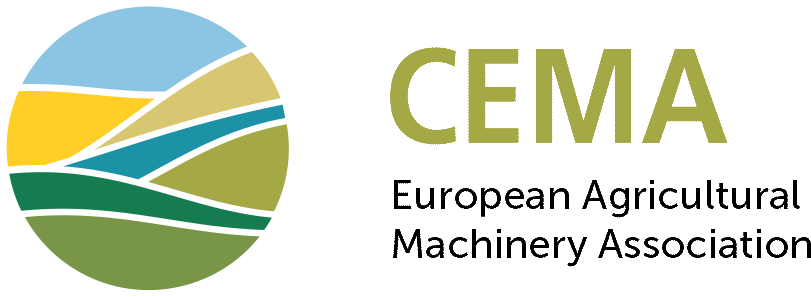Revision of the Machinery Directive: CEMA submitted its contributions to the European Commission proposals
CEMA prepared reactions aimed at mitigating the technical and economic impact of the amendments.
****
Member States and stakeholders were given till 8 December to react to the proposals from the European Commission for the revision of Machinery Directive 2006/42/EC. Presented during the last meeting of the Machinery Directive Working Group, they cover mainly new technologies, conformity assessment and update of the existing essential health and safety requirements.
The reactions to these proposals were prepared within the CEMA technical groups (PT10 “Revision of Machinery Directive” and PT4 “Safety of autonomous functions”).
As a general comment, CEMA maintained its position that the Machinery Directive is fit for purpose, as expressed during the public consultation in 2019. The proposals are either clarifications or requirements:
- Clarifications should be provided in the Application Guide of the Machinery Directive.
For example, the proposal to cover the human-robot interaction with risks related to moving parts can be considered as already dealt with through ergonomics requirements, which specify the need to consider the man/machinery interface to the foreseeable characteristics of the operators.
- Requirements should be developed in harmonised standards, as they originally target a specific family of machinery.
This is the case with the proposal to provide a device to capture emissions of hazardous substances at the source on portable hand-held or hand-guided machinery, whereas this risk should be covered in the standard dealing with the specific machine, as it must also take into account ergonomic rules to ensure it feasibility.
CEMA expressed also the following main concerns:
Protection against corruption (new technologies): drafted as a set of various requirements, this new paragraph tends to be misinterpreted and to apply to all kinds of machinery. In particular, when there is a request to secure a critical hardware component or a critical software, the interpretation is likely to vary between authorities.
Supervisory control station (new technologies): the proposal tends to impose such a station in case of autonomous machinery, the presence of which will depend on the result of the risk assessment.
Travelling functions (new technologies): overall, requirements related to the conditions of use of an autonomous machine (enclosed or opened area) have more reasons to be developed in safety standards. Besides, they explicitly intend to protect person and animal, which shows to be inapplicable in the case of agricultural machinery used in open fields: how can we ensure that a small wild animal like a rabbit can be detected?
Seating: the proposal to enable the motion of the machine only when the restraint system is active raises big concerns. Such requirements are likely to generate wrong behaviour of the machine with a sudden change of speed. Additionally, an operator who needs to exit frequently may bypass this measure by fastening the seat belt, resulting in a lack of expected effect.
Emissions against hazardous substances for mobile machinery: the proposal to impose a filtered cab for machines intended to spray pesticides does not seem to be in line with the need to avoid any strong economic impact on the design / production of the machinery. This would in particular concern all-terrain vehicles, for which the manufacturer would have to develop a cab with various safety features: protection against roll-over (ROPS), air-conditioning and properties against leaks.
High-risk machinery: the proposal to consider any machines fitted with an Artificial Intelligence module ensuring a safety function as a high-risk machine is raising the question of the amount of high‑risk machinery in long-term. Overall, the question was left opened on the intent of the European Commission when it comes to existing families of machines, although there is the feeling this list will change.
CEMA requested a teleconference with the EC representatives quickly after the submission of its comments to develop orally its main concerns (as described above). These comments were well received with several potential compromise outcomes in the making.







